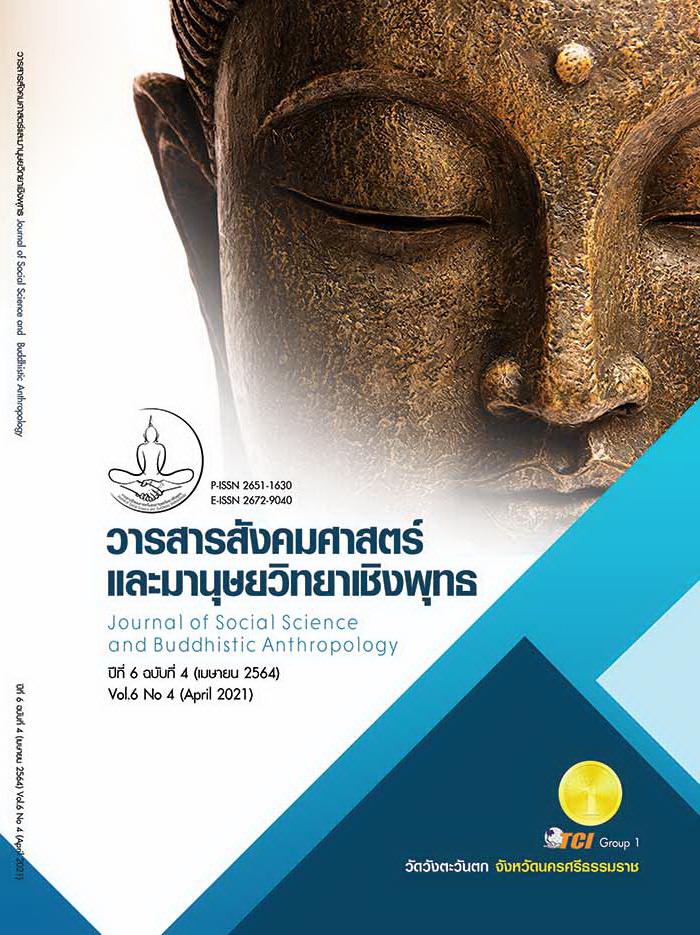AESTHETICS OF MULTISENSORY VIRTUAL REALITY DESIGN TO THERAPY BRAIN STROKE PATIENTS
Keywords:
Multisensory, Virtual Reality, Design, Aesthetic, Therapy Brain Stroke PatientsAbstract
The objectives of this research article were to study the aesthetic model in the design of multilateral truths to treat amphibian patients with a qualitative method of conducting qualitative research by analyzing the design data. Therapy with a therapy program, drills, training by perforated communication specialists with 3 visual arts experts in the communication of truth, 3 in technology, and 2 therapists, stroke patients from the procedure study. 10 people and 10 caregivers or close patients to conduct a report using a Queued Interview Program, with detailed control of the interview response with a 16 - month study period. The research found that the aesthetics of the multilateral relationship created with the instability in the room greatly influence the feeling of the actual user. The rationale provides more of the design principles that express the individuality of the researcher to The work of the researcher is leading and correlated with the design principles that require hemiplegic patients to avoid visual and visual disturbances. Civilized architecture is also so that stroke patients can use them safely and appropriately. Implementing this design guideline will guide the creation of the design, which from an audit of the design Aesthetics and design that suits the customer groups and can offer practical exercises.
References
กิตติธัช ศรีฟ้า. (2562). สุนทรียะใหม่ในโลกความเป็นจริงเสมือน. นิเทศสยามปริทัศน์, 18(2), 48-56.
จักรกริช กล้าผจญ. (2562). เกมโลกเสมือนจริง (Virtual Reality) ทางเลือกใหม่ฟื้นฟูผู้ป่วยหลอดเลือดสมอง. เรียกใช้เมื่อ 23 ตุลาคม 2563 จาก https://www.hsri.or.th /researcher/media/news/detail/11810?fbclid=IwAR3CLHzLPHloHu8b7YcD1EknyHaH3jhvYuaVjrBl44H_mm5Y6y-6Y1QWOJY
สมจิตร ไกรศรี. (2553). เล่าเรื่องจากประสบการณ์ สู่งานด้านศิลปกรรมบำบัด. กรุงเทพมหานคร: โรงพิมพ์คุรุสภาลาดพร้าว.
สุภางค์ จันทวานิช. (2547). พฤติกรรมรวมหมู่ในสังคมและวัฒนธรรม. (พิมพ์ครั้งที่ 9). กรุงเทพมหานคร: สำนักพิมพ์แห่งจุฬาลงกรณ์มหาวิทยาลัย.
Benko, H. et al. (2016). NormalTouch and TextureTouch: High-fidelity 3D Haptic Shape Rendering on Handheld Virtual Reality Controllers. In Paper presented at the Proceedings of the 29th Annual Symposium on User Interface Software and Technology. Tokyo, Japan.
Bob G. W. & Michael J. S. (1998). Measuring Presence in Virtual Environments: A Presence Questionnaire. The MIT Press Journals, 7(3), 225-240.
Bystrom, K. E. et al. (1999). A Conceptual Model of the Sense of Presence in Virtual Environments. Presence: Teleoperators and Virtual Environments, 8(2), 241-244.
Chagué, S. & Charbonnier, C. . (2016). Real virtuality: a multi-user immersive platform connecting real and virtual worlds. Retrieved October 23, 2020, from https://www.charbonnier.ch/pdf/publications/53.pdf
Conway, M. A. (2001). Sensory-perceptual episodic memory and its context: autobiographical memory. Retrieved from https://royalsocietypublishing .org/doi/10.1098/rstb.2001.0940
Daniel, H. et al. (2018). Sensory VR: Smelling, Touching, and Eating Virtual Reality. Retrieved October 23, 2020, from https://dl.acm.org/doi/10.1145/3173 225.3173241
Dassen, W. M. & Bruns, M. (2017). Aesthetics of haptics: an experience approach to haptic interaction design. In Proceedings on the Conference on Designing Interactive Systems (DIS'17). Association for Computing Machinery, Inc.
Denzin, N. K. (2009). The Research Act. a theoretical introduction to sociological methods. New York: Routledge.
Guttentag , D. A. (2010). Virtual reality: Applications and implications for tourism. Tourism Management, 31(5), 637-651.
Kelly S. H. & Kay M. S. (1997). Handbook of Virtual Environments Design, Implementation, and Applications, Second Edition. Retrieved October 23, 2020, from https://www.taylorfrancis.com/books/handbook-virtual-environments-kelly-hale-kay-stanney/10.1201/b17360
Mario, A. A. Gutiérrez, et al. (2008). Stepping into Virtual Reality. Retrieved October 23 , 2020, from https://link.springer.com/book/10.1007%2F978-1-84800-117-6
Mazuryk, T. & Gervautz, M. (1999). Virtual Reality - History, Applications, Technology and Future. Retrieved October 23 , 2020, from https://www. researchgate.net /publication/2617390_Virtual_Reality_-_History_ Applications_Technology_ and_Future
Mike A. (2015). Visual Design Methods for Virtual Reality. Retrieved October 23 , 2020, from http://aperturesciencellc.com/vr/VisualDesignMethodsforVR _MikeAlger.pdf
Speicher, M. et al. (2017). VRShop: A Mobile Interactive Virtual Reality Shopping Environment Combining the Benefits of On- and Offline Shopping. Proceedings of the ACM on Interactive Mobile Wearable and Ubiquitous Technologies, 1(3), 1-31.
Sra, M. & Schmandt, C. (2015). MetaSpace II: Object and full-body tracking for interaction and navigation in social VR. Retrieved October 23 , 2020, from https://arxiv.org/pdf/1512.02922.pdf








